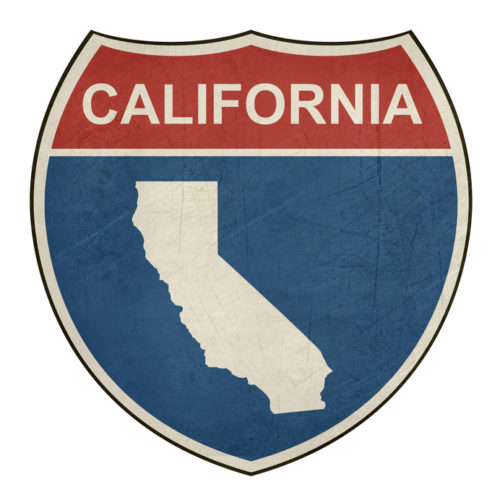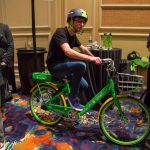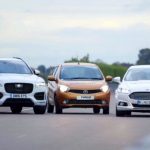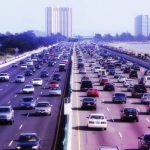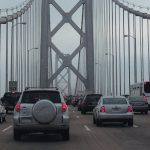California self-driving dreamin’ hits industry’s sour reality
California self-driving dreamin’ hits industry’s sour reality

California’s recently proposed rules for autonomous vehicle testing are getting a thumbs down from developers of robotic cars.
Yahoo! announced the state released its proposal for regulations that govern the testing of autonomous vehicles.
But industry leaders, including representatives from Google’s Self-Driving Car Project, are raising fears that these regulations will significantly bog down development of self-driving cars in California.
The proposed rules have raised the hackles of the Self-Driving Coalition for Safer Streets, whose members include Ford, Uber, Google, Lyft and Volvo.
Coalition leader David Strickland said California’s regulations “could greatly delay the benefits that self-driving vehicles can bring to safety and mobility for individuals.”
The proposed rules are based on National Highway Traffic Safety Administration (NHTSA) guidelines issued in September.
However, where the NHTSA opted for voluntary adherence to these guidelines, California has proposed mandatory compliance, which has spooked industry.
Corporate players were also upset by California’s proposed stipulation that autonomous vehicle testers must obtain approval from every town and city they seek to trial cars in.
As well, California has proposed that before even applying for a permit to operate autonomous vehicles in the state, makers of self-driving cars must gather test data for a year.
This last caveat went over like a lead balloon, sparking objections from such industry heavyweights as Ford, Honda, Google, General Motors and Volkswagen.
California market size means outsized influence
Many industry watchers see California as having an out-sized influence on self-driving car development in America, often setting the pace for other U.S. states. This is largely because California is a major tech hub for the development of autonomous vehicles, with 18 companies currently testing self-driving technology in the state.
In a recent article, Santa Fe Institute professor Luís Bettencourt said locations that are open to autonomous vehicles will see a dramatic transformation.
“If this transformation is to take place, driverless vehicle manufacturers will need to find welcoming locations to test their products,” he says.
Bettencourt predicts that driverless automobiles will transform congested cities by dramatically reducing cars on the road. As well, robot cars acting as taxis will free up large tracts of land currently used for parking and gas stations.
The post California self-driving dreamin’ hits industry’s sour reality appeared first on ReadWrite.
(27)

